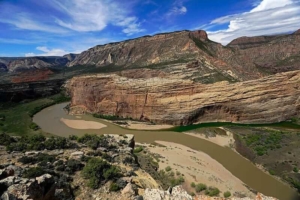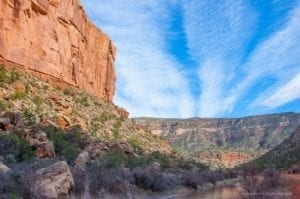Fifty years ago, President Lyndon B. Johnson recognized the United States’ Hispanic population by creating Hispanic Heritage Week. The week was later expanded to a month by President Reagan in 1988, and it stretches from September 15 to October 15 every year to celebrate the heritage of the diverse Hispanic populations in the U.S.
Hispanic Heritage Month celebrates the Americans of Mexican, Spanish, Caribbean and Central and South American descent. Within that month, there are seven independence days for Hispanic and Latin American countries along with other important dates.
Hispanics and Latinx people make up about 17 percent of the United States and 21 percent of Colorado. Cultural influences can be seen in all aspects of society, from regional cuisine and art to political and environmental movements. In a highly divisive and partisan time, one thing is clear: Americans that identify as Hispanic and/or Latinx are vital to shaping the cultural and political future of our country.
Confused about the difference between the identifiers “Hispanic” and “Latinx?” Check out this video that explains the difference between the terms before discussing the importance of Hispanic Heritage Month.
What is your background and how do you identify?

Juan Pérez Saéz
Juan Pérez Sáez, Protégete Organizing Manager
I was born and raised in Panama. Both of my parents are school teachers, and they were both the first generation to go to school. I’m the first person who came to the U.S. and the only person in my family who has a passport.

Issamar Pichardo
Issamar Pichardo, Protégete Community Organizer
I identify as Mexican — even though sometimes when I go to Mexico they’re like, “You have an accent in Spanish,” and here I have an accent in English. My family has immigrated back and forth: my grandparents are from Mexico, and my mom was born in Chicago and then went back to Mexico. I was born in Chihuahua, and then we moved again, here to Colorado, when I was 8 years old.
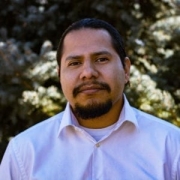
Noé Orgaz
Noé Orgaz, Protégete Community Organizer
I’m first generation Mexican-American. My mom is from Acapulco, Guerrero. We grew up in East LA, which has a majority Latino/Hispanic community that’s predominantly Mexican. I identify as Chicano, but in the context of Hispanic or Latino, I tend to lean towards Latino.
Victoria Torrez, Pueblo Community Organizer
My dad’s side of the family comes from Chihuahua, Mexico, and they came out to Pueblo, Colorado to work in the steel mill. My family still identifies as Hispanic, but personally, I like LatinX. I tried to explain to them that it’s problematic to use Hispanic because it’s “of Spanish.”
Finangi Manganez, Protégete Community Organizer
I was born in Venezuela. All my family was born in Venezuela. I came here to Colorado at 20 years old. I’m Latina and very proud of it.
Do you have a specific tradition the you connect with or that is your favorite?
Noe
The Day of the Dead, which in the US is from October 31 to November 2, is the tradition that I identify with the most. It’s an Aztec tradition where you honor the dead, and you present offerings to say, “We remember you, and you’re always going to be present with us.” It’s a tradition that was incorporated into Catholicism since the Aztecs wouldn’t give it up!

Victoria Torrez
Victoria
My dad wasn’t encouraged to celebrate traditions — or even speak Spanish — growing up. His parents didn’t want my dad or his siblings to draw attention to themselves; they wanted them to fit in. One of the few things that we still hang onto is that we make tamales at Christmas time. It’s still — and always has been — my favorite thing ever. I think it’s because it was something that I could identify with my LatinX roots.
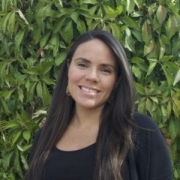
Fina Manganez
Finangi
New Years is big for us. Five minutes before midnight, you make wishes for the next year. We eat 12 grapes, and for every single grape, you have to make a wish. If you want to travel in the next year, you have to leave your house and take a walk. Even my daughters do it with us!
Why is conservation-focused work important to you?
Noé
I practice Native tradition. Naturally, Native tradition practitioners are protectors of the environment. You’re expected to understand that you have a sacred relationship with the land, air, water, and the elements. It’s not just a rock or a plant or a tree: those things have life in them; they have spirits — and we should acknowledge and protect that. That’s why environmental work is important to me: it’s a fundamental aspect of the tradition I practice.
Issamar
After the 2013 flash floods in Weld County, I focused my undergraduate research on understanding how Latino populations respond to and recover from natural disasters. We found barriers, such as language and legal status, that prevented Latinos from accessing FEMA Funds. Overall, the government wasn’t supportive.
Why is it important to engage Latinx people in environmental work, and how can that be done successfully?
Finangi
This is our way to change things, from politics to public health. Communities need to know about the policies that impact them so that when they turn on the TV with their families, they understand the process that led to that change. We need the information to be active citizens.
Juan
It should be important for everyone. When we talk about conservation, environmental justice, and natural resources, it shouldn’t instantly become a political issue. It’s a human rights issue. We all deserve the right to breathe clean air. We shouldn’t have to be wealthy or white to live in a place with clean air. The way that we make the conservation movement more diverse and inclusive is by working to improve access for everyone. Then perhaps then everyone will join the fight.







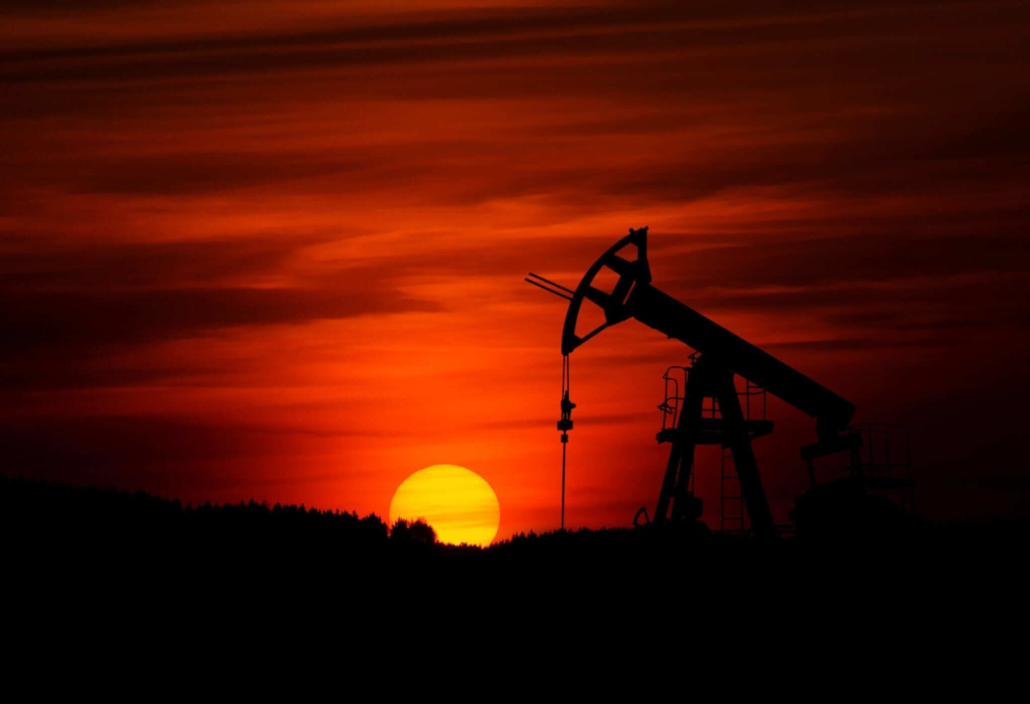 The oil and gas industry has
The oil and gas industry has 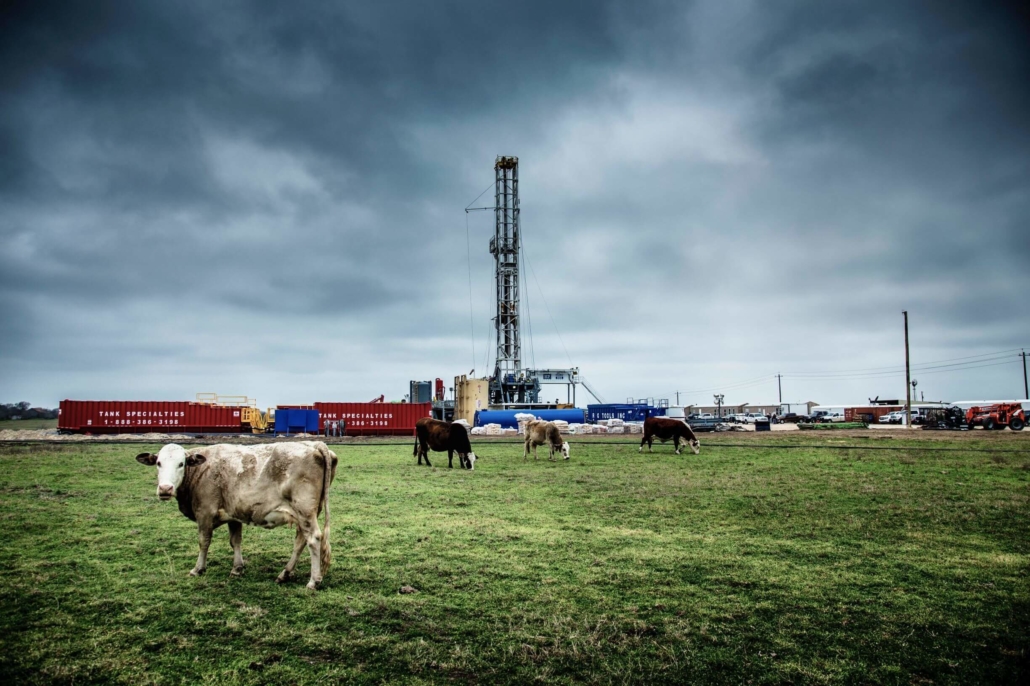 Over 100 local elected officials and legislators have spoken out against Amendment 74, reiterating that the ballot measure is too broad and goes too far. Outspoken opponents so far include a host of environmental and progressive non-profits across issue areas, Club 20, Colorado Association of Realtors, Colorado Municipal League, and Governor Hickenlooper.
Over 100 local elected officials and legislators have spoken out against Amendment 74, reiterating that the ballot measure is too broad and goes too far. Outspoken opponents so far include a host of environmental and progressive non-profits across issue areas, Club 20, Colorado Association of Realtors, Colorado Municipal League, and Governor Hickenlooper. If an oil and gas company wanted to place more pipelines, storage facilities and wells near homes – like the pipelines that caused an explosion and killed two people at a home in Firestone just last year – but was blocked by zoning laws or local rules, they could sue a local government for preventing them from making a profit.
If an oil and gas company wanted to place more pipelines, storage facilities and wells near homes – like the pipelines that caused an explosion and killed two people at a home in Firestone just last year – but was blocked by zoning laws or local rules, they could sue a local government for preventing them from making a profit.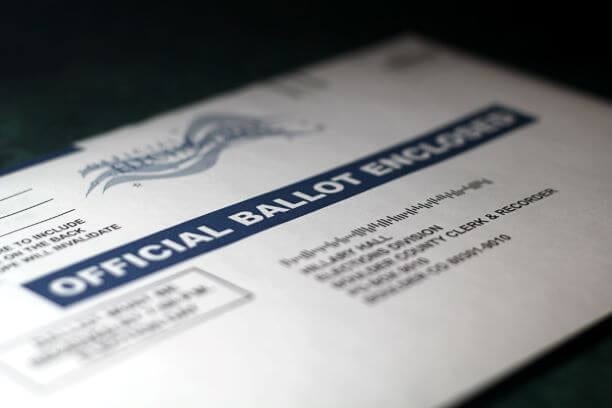 Amendment 74 would allow any property holder, including corporations, to sue local and state governments over any regulation, from city planning to basic health and safety protections.
Amendment 74 would allow any property holder, including corporations, to sue local and state governments over any regulation, from city planning to basic health and safety protections.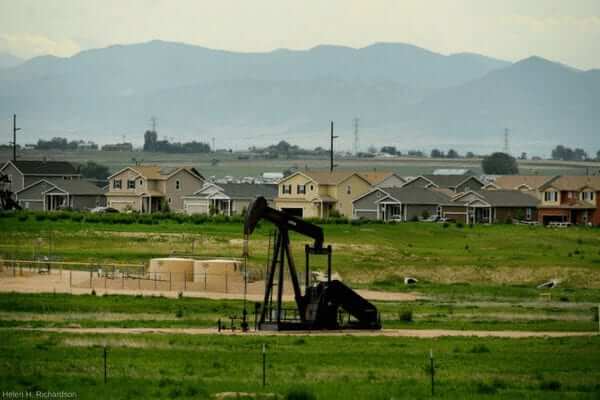 While you won’t find any mention of oil and gas in the measure itself, Amendment 74 was written to
While you won’t find any mention of oil and gas in the measure itself, Amendment 74 was written to  Allow gun shops, strip clubs, and marijuana stores to be built near schools despite neighborhood or family concerns;
Allow gun shops, strip clubs, and marijuana stores to be built near schools despite neighborhood or family concerns; Over a three-year period in Oregon, a measure similar to 74 resulted in the filing of nearly
Over a three-year period in Oregon, a measure similar to 74 resulted in the filing of nearly  Under Amendment 74, Colorado landowners will suffer. Despite what proponents of 74 claim, waiving regulations would
Under Amendment 74, Colorado landowners will suffer. Despite what proponents of 74 claim, waiving regulations would 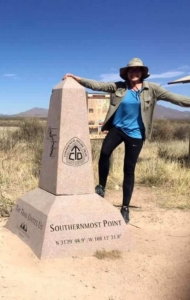 Written by Jenny Gaeng
Written by Jenny Gaeng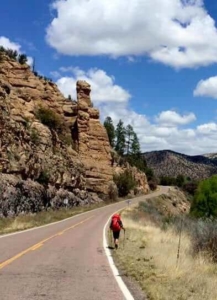 The Continental Divide Trail was created in 1978 under the National Scenic Trails Act, joining other long-distance hikes such as the Appalachian and Pacific Crest Trails. While those trails attract thousands of “thru-hikers” each year, the Continental Divide Trail only sees a few hundred. This is due in part to the challenges of the trail: remoteness, route-finding, weather, and everyone’s favorite fear, grizzly bears. The trail is also incomplete. Today, 20 percent of the trail is on roads, from bumpy dirt roads to actual highways, where hikers’ feet throb on the scorching pavement as cars whiz by. About a thousand miles in, I started sticking out my thumb.
The Continental Divide Trail was created in 1978 under the National Scenic Trails Act, joining other long-distance hikes such as the Appalachian and Pacific Crest Trails. While those trails attract thousands of “thru-hikers” each year, the Continental Divide Trail only sees a few hundred. This is due in part to the challenges of the trail: remoteness, route-finding, weather, and everyone’s favorite fear, grizzly bears. The trail is also incomplete. Today, 20 percent of the trail is on roads, from bumpy dirt roads to actual highways, where hikers’ feet throb on the scorching pavement as cars whiz by. About a thousand miles in, I started sticking out my thumb.

